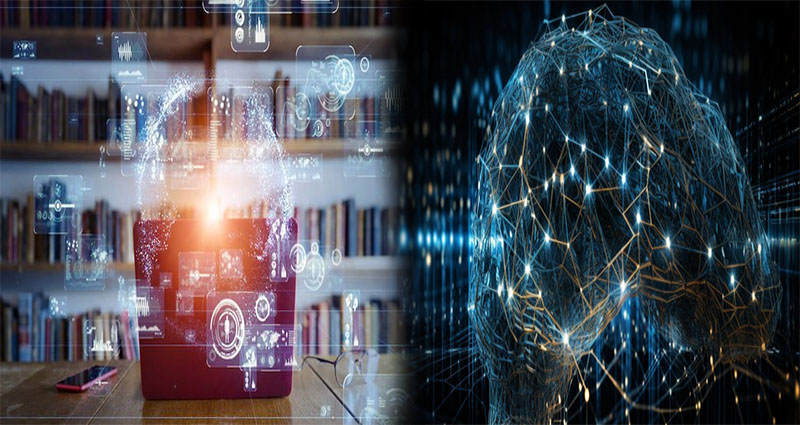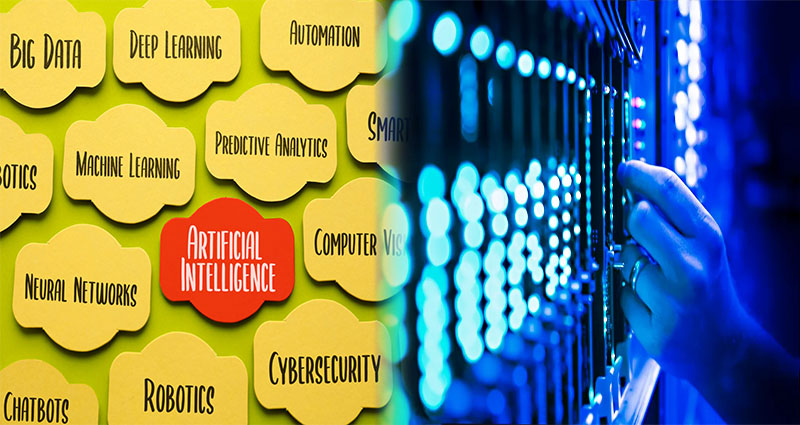Exploring Various Forms of Artificial Intelligence Systems
Artificial Intelligence (AI) has rapidly become one of the most talked-about topics in the technology world, with Google’s AI algorithm defeating human champions in strategic board games such as Chess, Jeopardy, and Go, to AI systems assisting healthcare professionals with diagnoses. AI is rapidly becoming part of our daily lives, and it is essential to explore the different forms of AI systems that exist and their applications.
1. Rule-Based Systems
Rule-based systems employ a predefined set of rules coded explicitly for a specific task. These systems operate according to a clear set of instructions, entirely automated, and require humans to configure the rule set manually. These systems are well-suited for specific tasks that require rule-based decisions such as loan eligibility, spam email classification or security systems.
2. Neural Networks
Neural networks are a set of algorithms designed to recognize patterns. These networks operate by simulating the human brain, enabling computers … Read the rest









